In today’s volatile business landscape, successful enterprises aren’t merely defined by how well they position their products or services—but by how rigorously they prepare for disruption.
Market positioning and risk preparedness are often viewed as distinct disciplines, housed in different departments and driven by different metrics. But in truth, they are two sides of the same coin.
At a glance, market positioning is aspirational: It tells the story a brand wants the world to believe. Risk preparedness, on the other hand, is operational: It concerns itself with contingencies, weaknesses, and potential failures. One looks outward. The other, inward. And yet, the most resilient companies understand the power of aligning both.
The Cost of Misalignment
A company can have a powerful brand presence—competitive pricing, customer loyalty, social proof—only to watch its reputation crumble during a supply chain disruption or a cybersecurity breach. Why? Because its positioning promised reliability or innovation it wasn’t structurally prepared to deliver under stress.
Take the case of high-growth startups that position themselves as disruptors. Their messaging revolves around speed, agility, and scale. But without robust risk frameworks—especially in areas like compliance, data privacy, or customer support—those promises become liabilities. Market trust erodes. Investors recoil. Momentum dies.
Inversely, risk-averse firms may invest heavily in crisis planning but fail to communicate their strengths in the marketplace. Over-engineering their internal processes without confidently asserting value externally creates missed opportunities for growth and differentiation.
Strategic Symbiosis
Market positioning and risk preparedness must inform each other. When a business crafts its brand identity, it should consider not just what it wants to be known for, but what it can sustainably deliver—even in turbulent times.
This alignment starts with cross-functional dialogue. Marketing leaders must understand the operational risks tied to the promises they’re making. Risk officers must understand how perception impacts valuation, customer retention, and stakeholder confidence.
Tesla’s positioning as a tech-driven, environmentally friendly automaker works because it’s reinforced by a vertically integrated supply chain and significant investment in innovation resilience. Likewise, Apple’s premium branding is underpinned by a robust ecosystem designed to protect both user data and user experience—even during global crises.
Building a Unified Strategy
Here are three steps executives can take to harmonize market positioning with risk preparedness:
1. Embed Resilience Into Brand Strategy
Your brand promise should reflect your ability to deliver—consistently and securely. If you market speed, ensure operational agility. If you tout sustainability, audit your supply chain.
2. Stress-Test Your Value Proposition
Scenario planning should go beyond financial impact. Ask: How does this crisis affect what we’ve told the market? Will customers see us as trustworthy if we stumble? Your risk team should be a co-author in these discussions.
3. Elevate Risk Preparedness as a Competitive Advantage
Risk isn’t just about defense—it can be a powerful asset. Firms that manage crises well often build greater loyalty. Make your preparedness part of your positioning, when appropriate.
A New Business Imperative
As market dynamics grow more complex—driven by geopolitical tensions, climate change, AI disruption, and evolving consumer demands—the separation between branding and resilience no longer serves us.
The organizations that will lead the next decade won’t just be the best marketed or the best prepared. They’ll be the ones that understand these functions not as separate lanes, but as intersecting forces that shape long-term value.
The bottom line? You can’t promise what you can’t protect. And you shouldn’t protect what you don’t promote.
It’s time leaders treat market positioning and risk preparedness as a unified strategy—because in business, perception and performance are inseparable.

